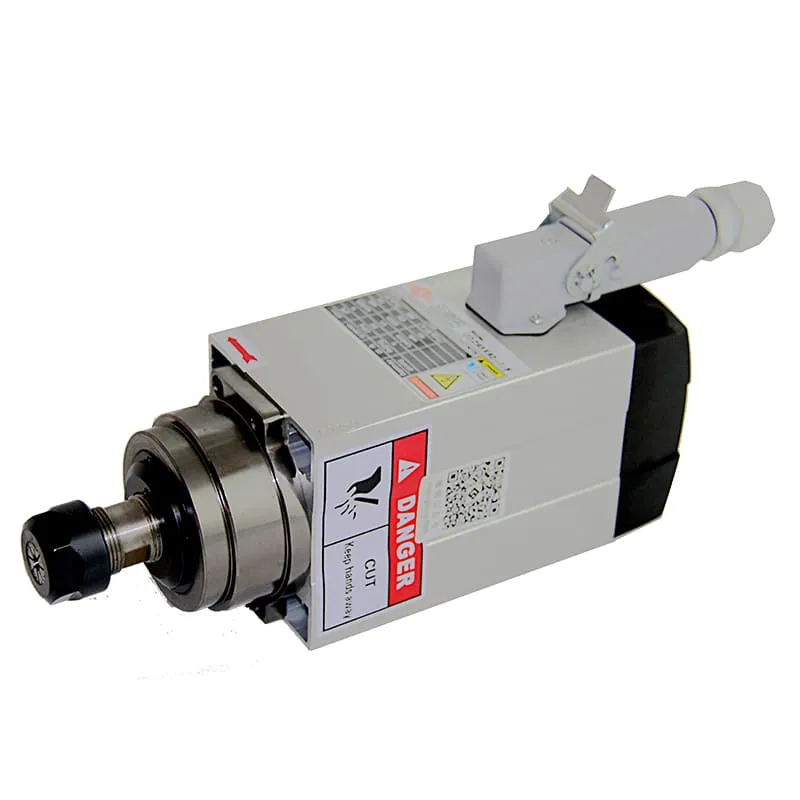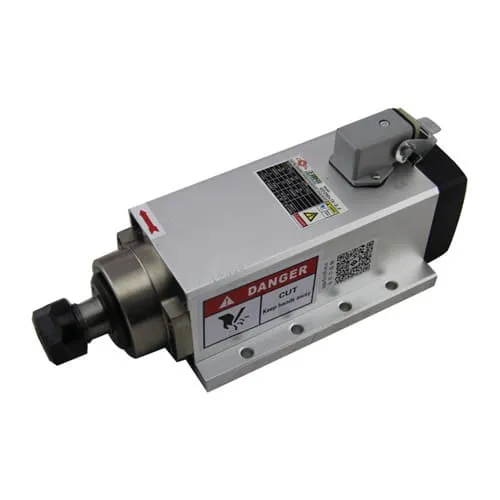Designing parts for CNC machining requires a deep understanding of the capabilities and limitations of the machine and the materials involved. A well-designed part not only ensures efficient manufacturing but also reduces the time and cost involved in production. In this guide, we’ll explore essential principles, tools, and tips to help you design parts that can be easily and accurately produced using CNC machining.
Understanding CNC Machining Basics
CNC machining involves using computer numerical control systems to guide a cutting tool across a workpiece to shape or cut it to specifications. This subtractive manufacturing process is highly precise and is used to make complex and detailed components.
The basics of CNC machining include understanding the types of machines (like CNC mills, CNC lathes, CNC routers), G-code programming, and CAD/CAM software for design and production. Knowing how to integrate these basics into the part design process will ensure successful CNC manufacturing.
Key Concepts in CNC Machining
- Precision and Accuracy: CNC machining is known for its precision and repeatability, which makes it suitable for creating complex shapes.
- Materials Used: CNC machining can handle a wide variety of materials, from metals such as aluminum and steel to plastics like acrylic and ABS.
- Automation and Speed: CNC machines are largely automated, which means reduced labor costs and faster production times compared to manual methods.

For more information, check out our CNC milling spindles.
Key Factors to Consider When Designing Parts for CNC Machining
The design process for CNC machined parts involves several crucial considerations. By keeping these factors in mind, you can avoid design flaws that might complicate production or increase costs.
1. Choosing the Right Material
Selecting the correct material is one of the most critical choices in part design. CNC machining works with a wide range of materials, but your choice will depend on the desired properties of your finished product, such as strength, weight, and heat resistance.
- Metals: Aluminum is popular for its machinability and strength-to-weight ratio, while steel provides enhanced durability.
- Plastics: Common choices include nylon, ABS, and polycarbonate, each with unique properties, such as impact resistance or chemical resilience.
2. Avoiding Sharp Internal Corners
One of the most common mistakes in designing for CNC is including sharp internal corners. Since CNC mills use end mills that are round, it is impossible to create perfectly sharp internal corners.
- Solution: Use fillets or rounded internal edges to prevent tool binding and ensure smooth cutting.
- Recommended Radius: The radius should generally be at least three times the cutter diameter to provide enough space for the tool.
3. Optimizing Cavity Depth
Cavity depth should be optimized for efficient CNC machining. Deep cavities can cause deflection issues, increased tool wear, and ultimately higher production costs.
- Depth-to-Width Ratio: For cavities, it is best to maintain a depth-to-width ratio of less than four. This will reduce stress on the tool and ensure better material removal.
- Minimizing Tool Stickout: Reducing the tool’s stickout distance can also enhance tool stability and reduce vibration during cutting.
Design Guidelines for CNC Machined Parts
1. Standard Hole Sizes
Whenever possible, design holes with standard drill bit sizes. This allows for easy machining without the need for custom tooling.
- Diameter Considerations: The minimum diameter of a hole should generally be 1mm to avoid requiring special tools.
- Depth Limitations: Avoid deep, narrow holes. A depth of up to 10 times the hole diameter is acceptable, but anything deeper can be problematic.
2. Use of Fillets
Adding fillets to your part helps to reduce stress concentrations and allows the CNC cutting tool to move smoothly. This is especially important for internal corners, where the tool’s radius will directly impact machining time and quality.
- Internal Corners: Add fillets that match the cutting tool’s radius. This will improve tool life and reduce the likelihood of damage during production.

Learn more about our ER11 Square Air-Cooled Spindles.
3. Tolerance Specifications
Specifying tight tolerances when they are not necessary will result in increased machining costs and longer lead times.
- Standard Tolerances: Where possible, use the standard tolerance range of ±0.1mm for machined parts.
- Critical Features: For features where tight tolerances are required (e.g., bearing fits), indicate the tolerance clearly, but understand the potential cost implications.
4. Thin Walls and Tabs
When designing walls, avoid making them too thin. Thin walls are prone to vibration, chatter, and deformation during machining.
- Wall Thickness: A thickness of at least 1mm is recommended for plastic, and 1.5mm for metal to maintain structural integrity during machining.
- Holding Tabs: When cutting out parts, holding tabs can help secure the piece until the cutting process is finished, preventing movement and ensuring clean edges.
Design Tools and Software
Designing for CNC machining involves both CAD (Computer-Aided Design) and CAM (Computer-Aided Manufacturing) software to create and convert your designs into a CNC-readable G-code format.
1. CAD Software
- Fusion 360: A comprehensive tool that allows you to create complex 3D models and easily export them to CNC-compatible formats.
- SolidWorks: Popular among professionals for its extensive design capabilities and user-friendly interface.
2. CAM Software
- Mastercam: One of the industry standards for generating CNC toolpaths.
- Autodesk HSM: Integrates seamlessly with Fusion 360 for a simplified workflow from design to CNC programming.
Reducing Manufacturing Costs in CNC Machining
Design choices play a significant role in controlling production costs. Here are some tips to keep CNC machining costs low:
1. Avoiding Unnecessary Features
Features like engraving, tight tolerances, or deep pockets should be included only if they are critical to the part’s function. These features significantly increase machining time and cost.
2. Minimizing Tool Changes
The fewer tool changes required during machining, the lower the overall cost. Design parts in such a way that allows as many features as possible to be machined with a single tool.
3. Batch Production
If the design is going to be mass-produced, ensuring that features can be machined efficiently in batch operations will lower costs. CNC milling spindles that can withstand long periods of operation are key for effective batch production.
CNC Machining Design Tips
- Add Radius to Cavity Corners: Avoid sharp internal corners to ensure better tool movement.
- Avoid Small Details: Small features take longer to machine and may require special tooling, increasing cost.
- Chamfer vs. Fillet: Use chamfers instead of fillets for external edges where strength isn’t critical to ease the machining process.
FAQs on CNC Machining Design
1. What materials are most suitable for CNC machining?
Materials like aluminum, steel, brass, and plastics (e.g., ABS and polycarbonate) are commonly used for CNC machining. Your material choice should align with your part’s intended use.
2. How do I reduce CNC machining costs?
Costs can be reduced by simplifying the design, avoiding tight tolerances where they are not required, and minimizing the number of different tools needed.
3. What tolerances are achievable with CNC machining?
Typical tolerances for CNC machining range from ±0.1mm to ±0.05mm, depending on the machine’s accuracy and material.
4. What are some common mistakes to avoid when designing for CNC?
Avoid sharp internal corners, overly deep pockets, and specifying unnecessary tight tolerances. Ensure your design can be held securely throughout the machining process.
Conclusion
Designing parts for CNC machining requires a balance between functionality, manufacturability, and cost-efficiency. By following the guidelines discussed in this article, you can create parts that are not only effective in their intended application but also efficient to produce. Whether you are a seasoned machinist or new to CNC, taking time to understand the intricacies of CNC part design will lead to better results and lower costs.
If you’re interested in exploring the best spindles for your CNC machine, make sure to check out our extensive collection of CNC spindles.


